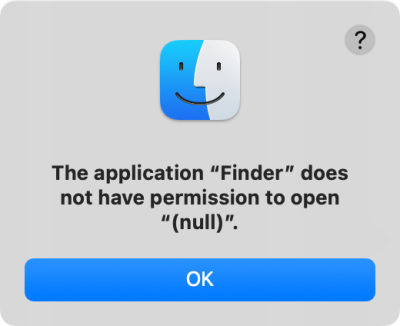Today, movie effects are mostly done in CGI, especially if they’re of the death-defying type. [Tyler Bell] shows us how they shot actors with arrows before CGI.
Almost every medieval movie has someone getting shot with an arrow, but how do you do that non-destructively? [Bell] shows us two primary methods that were used, the pop up rig and steel pronged arrows. The pop up rig is a spring loaded device with one end of an arrow attached that pops up when a mechanism is triggered. [Bell] 3D printed his own version of the mechanism and shows us how it can be used to great effect on shots from the side or rear of the victim.
But what about straight on shots where the rig would be blatantly obvious? That’s when you get to actually shoot the actor (or their stunt double anyway). To do this safely, actors would wear wooden body armor under their costumes and arrows with two small prongs would be shot along a wire into the desired impact site. We appreciate [Bell] using a mannequin for testing before letting his brother shoot him with an arrow. That’s definitely the next level above a trust fall.
We even get a look at using air cannons to launch arrow storms at the end which is particularly epic. Looking for more movie magic? How about the effects from King Kong or Flight of the Navigator?
Thanks to [Xerxes3rd] on Discord for the tip!

















